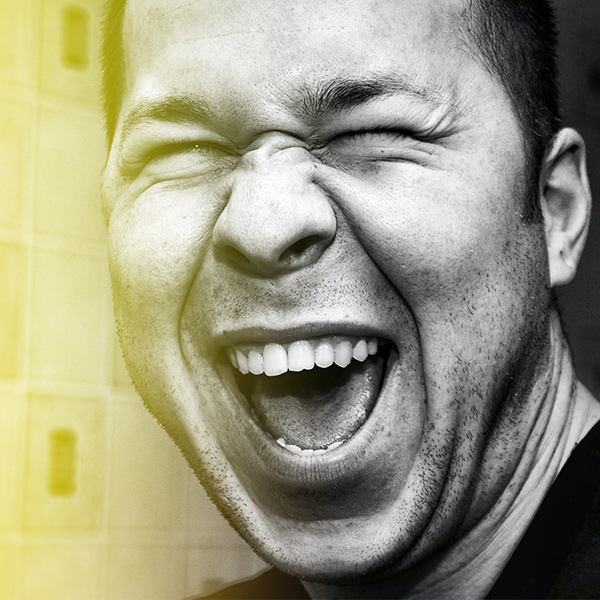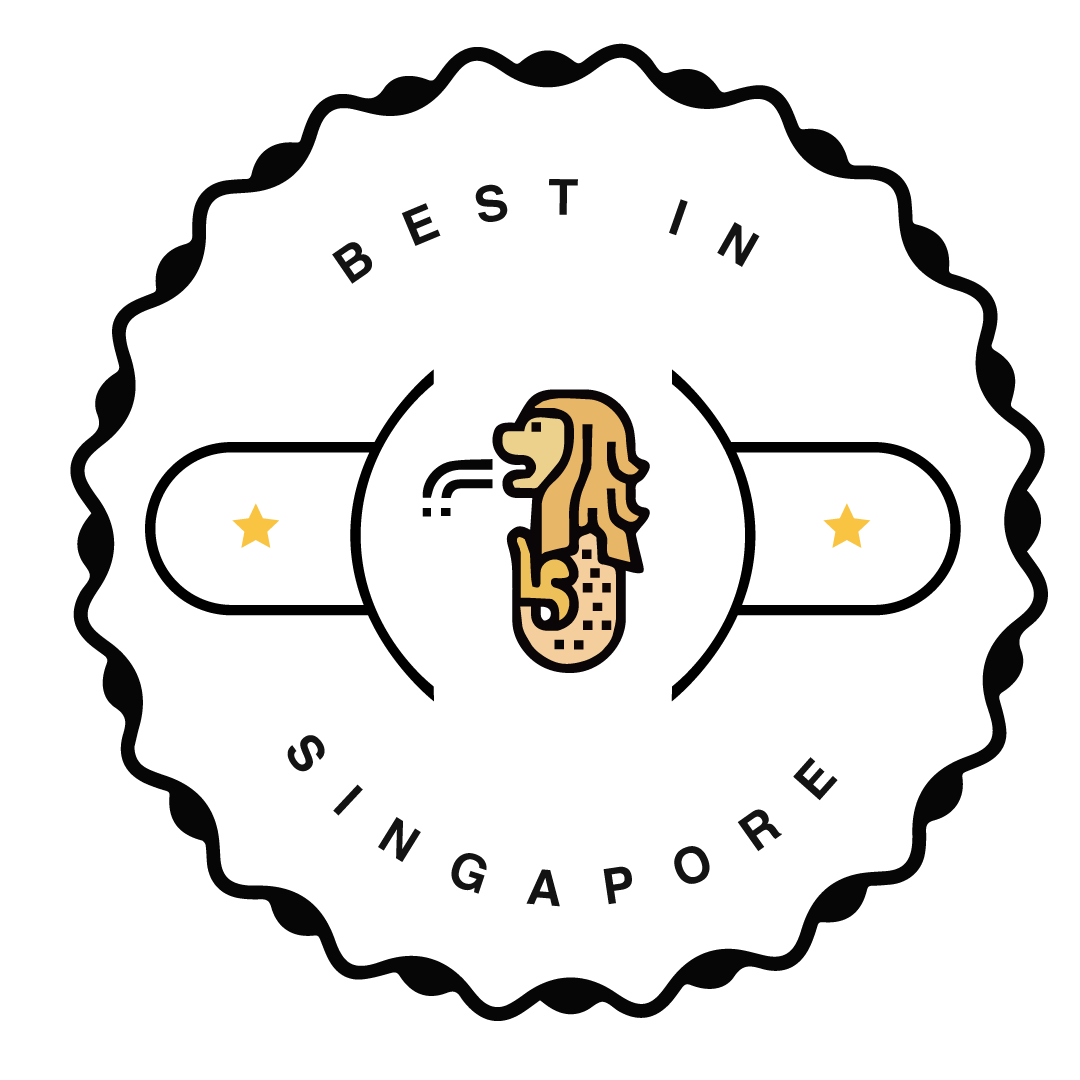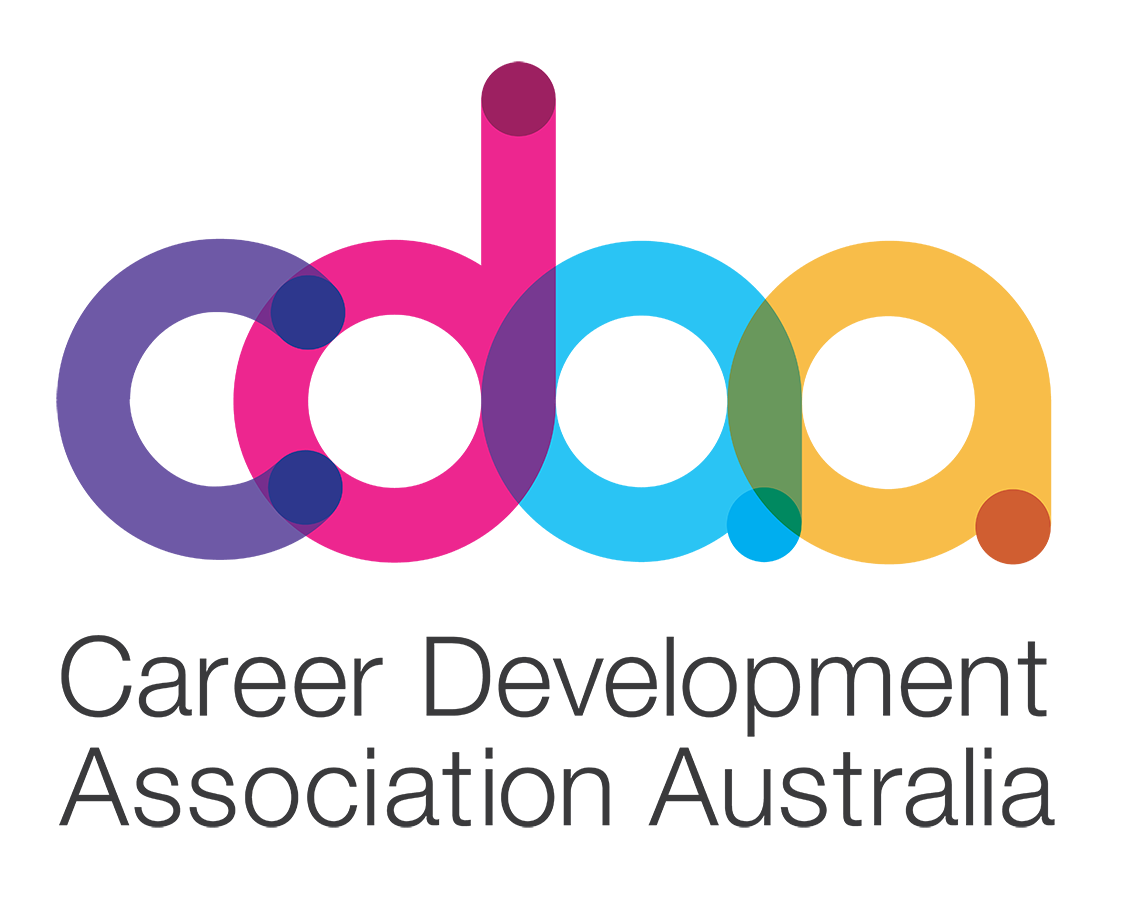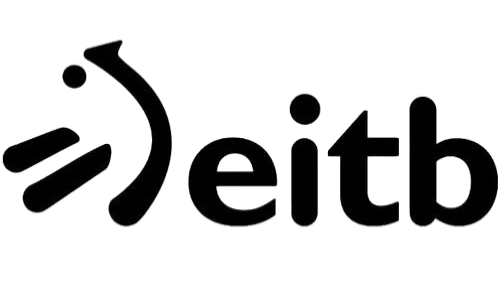The Role of Self-Concept in Career Reinvention

Career reinvention isn’t the exception but the norm these days.
The traditional idea of staying in one job or industry for life is quickly becoming outdated. According to The University of Queensland, the average person changes jobs every 2 years and 9 months. Over a lifetime, that could mean up to 16 different roles before retirement.
And it’s not just job-hopping. It’s also career shifts, reinventions, and complete redefinitions of what work looks like.
In Singapore, the emphasis on continuous learning and adaptability has become a national priority. Initiatives like SkillsFuture Singapore are designed to help professionals upskill, pivot, and thrive in an evolving workforce.
But amid all this change, there’s one piece that often gets overlooked: the inner work.
Because career reinvention isn’t just about learning new tools or making strategic moves. It’s deeply personal and psychological, requiring a reassessment of who we are, what we value, and who we want to become next.
Whether you're pivoting due to burnout, layoffs, or a deeper search for meaning, true career reinvention begins with one question: Who am I now?
Self-Concept 101: Who Are You (Really)?
So, what exactly is self-concept?
At its core, self-concept is how we see ourselves. It’s the sum of our beliefs, stories, and inner narratives, both conscious and unconscious. This includes ideas like:
“I’m a high-achiever.”
“I’m terrible with people.”
“I’m not cut out for risk.”
“I’ve always been the breadwinner.”
It’s a mix of:
- Personal experiences (e.g., success and failure stories)
- Cultural conditioning (e.g., “stable jobs are better than passionate ones”)
- Social labels (e.g., job titles, roles, or expectations placed by family)
The psychologist Carl Rogers, a pioneer in humanistic psychology, argued that self-concept plays a central role in our motivation and behaviour.
When there’s a disconnect between our ideal self (who we want to be) and our current self (who we believe we are), we experience discomfort or even paralysis.
Self-concept isn't static. It evolves across our career life stages:
- In our 20s, identity is often shaped by external validation: grades, first jobs, family pride.
- In our 30s and 40s, our identity matures. We begin questioning old definitions of success.
- In our 50s and beyond, values often shift toward meaning, legacy, or even unlearning.
That’s why a career reinvention can feel unsettling. It challenges the very foundation of how we see ourselves.
The Clash Between Career Identity and Change
Most people don't resist change because they fear failure. They resist it because it threatens their identity.
When our self-concept is too rigid, we cling to familiar roles, even if they’re making us miserable.
Think about these statements:
- “I’m not the entrepreneurial type.”
- “I’ve always been a corporate person.”
- “I’m just not the creative kind.”
These are not facts. They’re beliefs. And while they may have once served us, they can also hold us back.
We’ve seen it time and again: talented professionals who are stuck in roles that no longer align with their values… Simply because they don’t yet see themselves outside that role. Identity becomes the invisible anchor.
Want to dive deeper into letting go of that anchor? Here’s more on navigating a non-linear career path.

How to Navigate Career Reinvention Mid-Career: From Reflection to Action
Self-concept isn’t fixed. It can evolve with intentional effort.
At The Happy Mondays Co., our coaching begins with deep self-reflection, before we talk about CVs, industries, or applications. Because real change doesn’t stick unless it’s grounded in who you’re becoming.
Here are a few steps to start shifting your identity:
Step 1: Reflect on Your Existing Beliefs
Ask yourself:
- “What identities do I strongly hold?”
- “Which of these identities feels outdated or limiting?”
- “Where did these stories come from? Are they truly mine?”
Step 2: Notice Internal Conflicts
Some journal prompts to explore:
- What do I need to let go of to grow?
- What part of me is afraid of change?
- What version of success am I chasing and why?
Step 3: Expand Your Possible Selves
This is a concept from psychology that refers to who you might become. Visualise different versions of your future:
- The entrepreneur working on social good
- The consultant with flexible hours
- The creative leading community-based projects
When you name these “possible selves,” you begin to realise you’re not stuck but are actually evolving.
P.S. Struggling to set boundaries while you reinvent? Here’s a guide on saying no at work.
Case Examples or Profiles
Here are some examples of clients we’ve supported during their journeys of career reinvention, anonymised, of course:
- The Lawyer Turned Social Impact Entrepreneur
Once driven by prestige, Rachel* realised her value system had shifted. Through coaching, she reframed her identity from “corporate high-flyer” to “purpose-driven change-maker.” Today, she runs a startup empowering underserved youth. - The IT Manager Turned Counsellor
After decades in tech, Adrian* felt called to help others. But his self-image as a logical, analytical thinker clashed with the nurturing persona he associated with counselling. It took inner work and support to integrate both sides, and step into a new chapter confidently. - The Burnt-Out Executive Who Took a Pause
Natasha* didn’t switch careers yet. She chose a sabbatical to reconnect with who she was outside of work. In doing so, she gave herself permission to question everything, and slowly built a new path on her own terms.
*Names changed for privacy.
Support and Tools for Navigating Career Reinvention
Career reinvention can feel like a solo mission, but it doesn’t have to be. There are tools and frameworks that make this identity shift less daunting:
- Personality assessments (e.g., CliftonStrengths, MBTI)
- Values-mapping exercises to align work with inner purpose
- Coaching frameworks like the “Wheel of Life” or “Ideal Day” visualisations
While these tools don’t give you answers, they give you language and a means to work through reinvention – to name what matters, to confront what’s changing, and to articulate what’s next.
That’s exactly how our Career Coaching programme supports clients: not just with external strategies, but with the inner clarity needed to move forward with courage and conviction.
Conclusion: Rewriting Your Career Narrative
Career reinvention doesn’t start with your resume. It starts with your self-concept.
Who you believe you are, and who you believe you can become, shapes every decision you make.
Yes, change is uncomfortable. But staying stuck in an outdated identity is even more painful. It’s never too late to reinvent, but you must know who you’re becoming.
If you're ready to explore your next chapter in career reinvention with clarity and confidence, we’re here to walk alongside you.
Explore our coaching programmes or dive into more content on career transitions to get inspired.




















